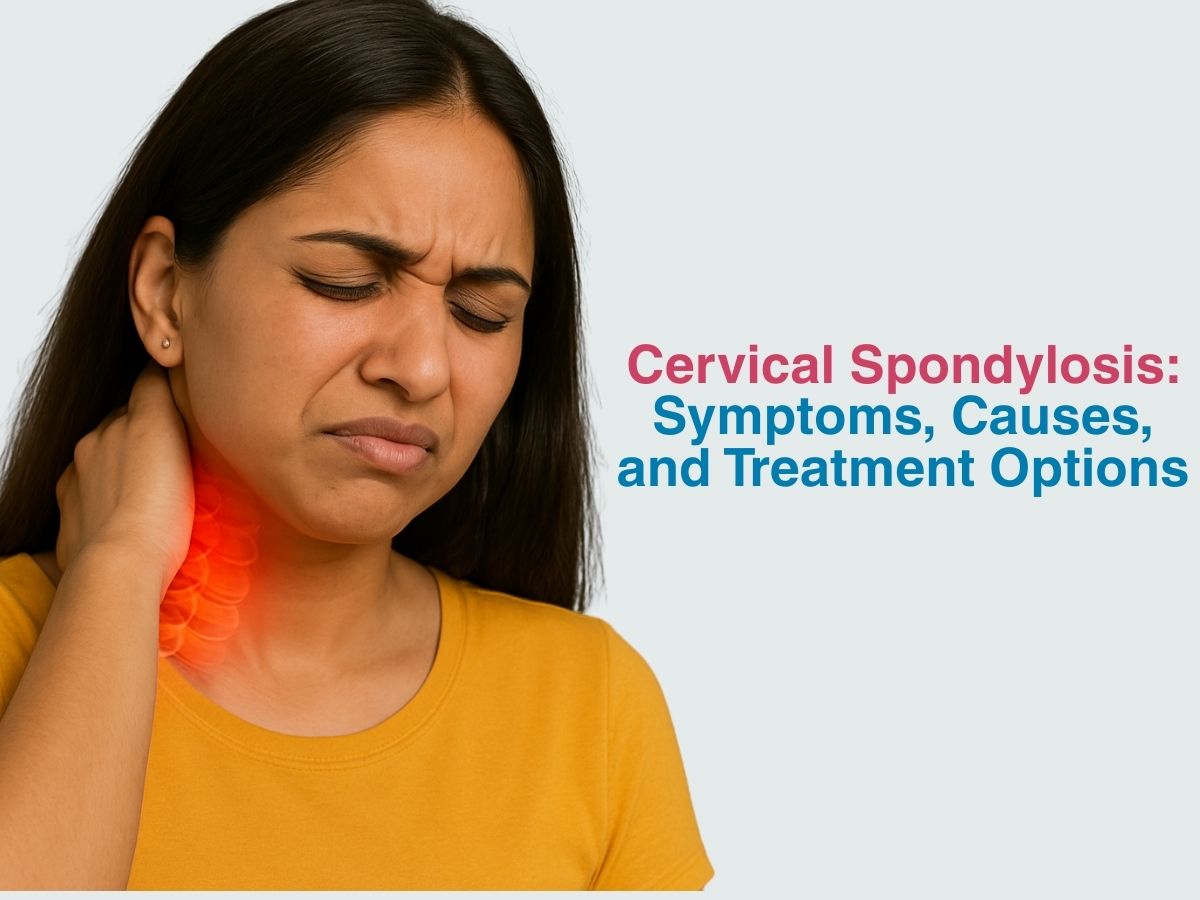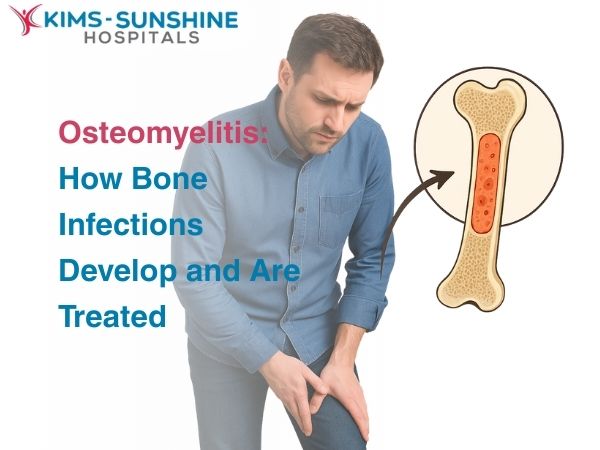
Cervical Spondylosis: Symptoms, Causes, and Treatment Options
What Is Cervical Spondylosis And Its Symptoms?
This condition is the body’s quiet surrender to age, pressure and daily habits. It arises as the discs and joints in the neck begin to dry out and wear down. While it sounds dramatic, most people will experience some degree of this condition past their 40s, especially with today’s screen-heavy lifestyles. Symptoms show up like whispered warnings:
- A dull, nagging ache in the neck
- Morning stiffness that fades with movement
- A pinch of pain when you tilt your head
- Tingling in your fingers, like forgotten electric signals trying to travel home
- Sudden weakness in the arms or hands
- Headaches that seem to start from the shoulders and rise upwards
It’s not always painful at first. Some live with cervical spondylosis for years, thinking it’s just “bad posture” or “a pillow issue”. But over time, this weathering of the neck can interfere with daily life.
Treatment Options For Cervical Spondylosis
If the condition is the wind, treatment is the anchor. You don’t need to uproot your life, just change its direction gently. With the right guidance, simple stretches and strengthening exercises can help train the neck and shoulders to support better posture. It’s not about intensity; it’s about intention. Pain-relief medication comes next, for those days when the discomfort interferes with daily work. Doctors may recommend anti-inflammatories or, in some cases, muscle relaxants. Lifestyle correction is where the magic really happens. A high pillow, a slouched spine at the desk, endless scrolling before sleep, these small things slowly chip away at neck health.
Can Cervical Spondylosis Be Treated Without Surgery?
Yes, in most cases, it absolutely can. Surgery is often the last chapter in the book and most patients never turn the pages that far. Non-surgical methods work well, especially if caught early. Medication, posture correction, physiotherapy and better habits can restore strength and reduce symptoms significantly. Millions live full, active lives with cervical spondylosis, never once needing a hospital bed. It’s not about reversing the age of the spine; it’s about supporting it as it carries on with grace.
Surgical Treatment For Severe Cervical Spondylosis
When cervical spondylosis compresses the spinal cord or pinches nerves, it can lead to problems with movement, bladder control, or severe pain that refuses to budge. In such rare but serious cases, surgery may be advised. The goal is to relieve pressure, restore nerve function, and prevent permanent damage. It could involve removing a bone spur, replacing a damaged disc, or fusing vertebrae to stabilise the neck.
Fortunately, many Indian hospitals today are equipped with modern surgical techniques, from minimally invasive spine surgery to robotic-assisted procedures. Recovery is faster. Scars are smaller and outcomes are often excellent when surgery is done at the right time by experienced hands. But again, surgery is a safety net, not a solution for all. Most never need it. The earlier you act, the less the need for such drastic measures.
Conclusion
Cervical spondylosis is not a disease to fear, but a reality to acknowledge, like greying hair or fine lines near the eyes. It’s the body’s way of saying, “I’ve carried you this far. Let’s care for each other now.” In India, where millions work long hours at desks or tilt their necks to look at screens for hours, the spine bears silent burdens. Don’t wait until it cries out. Treat it with the tenderness it deserves and it will keep standing tall for years to come.







